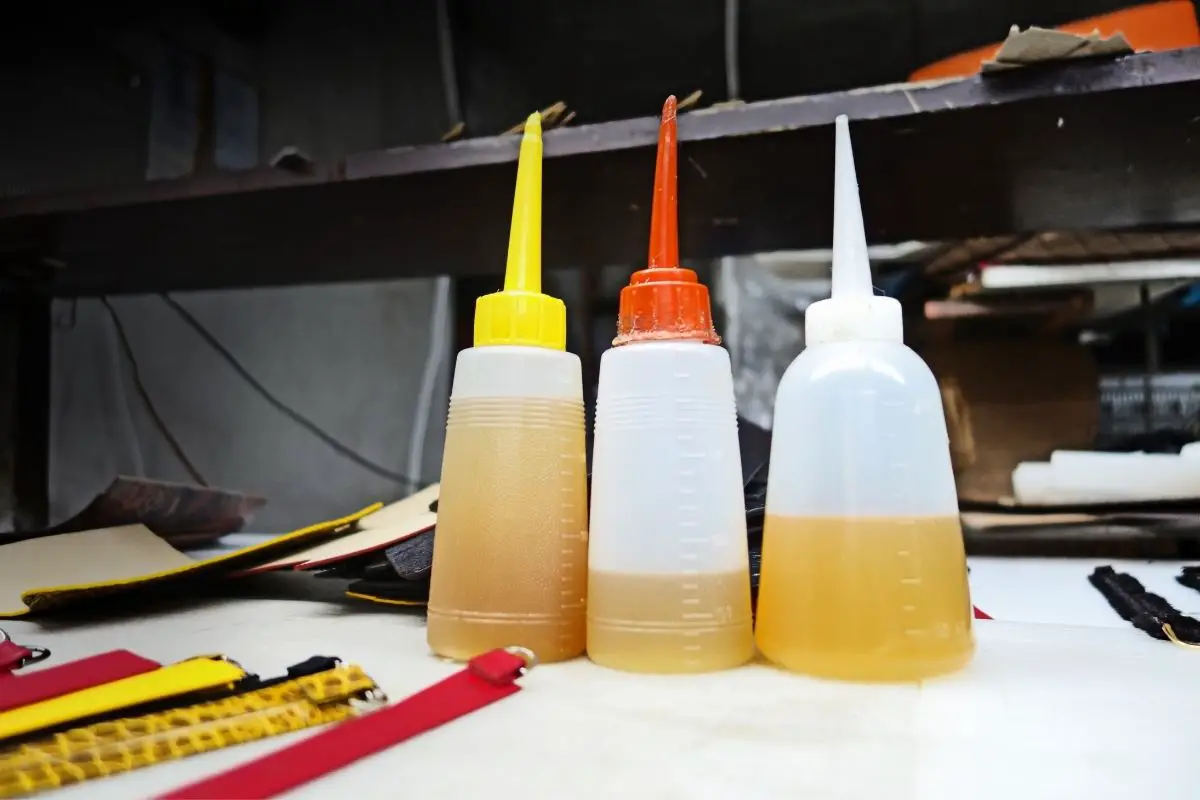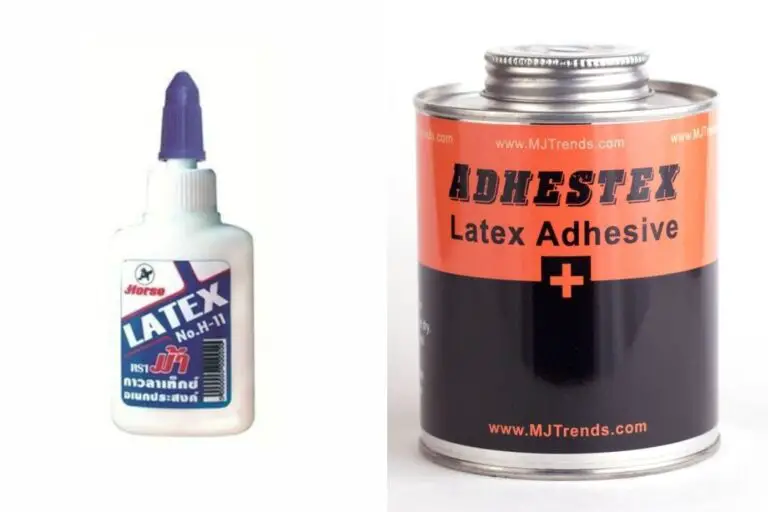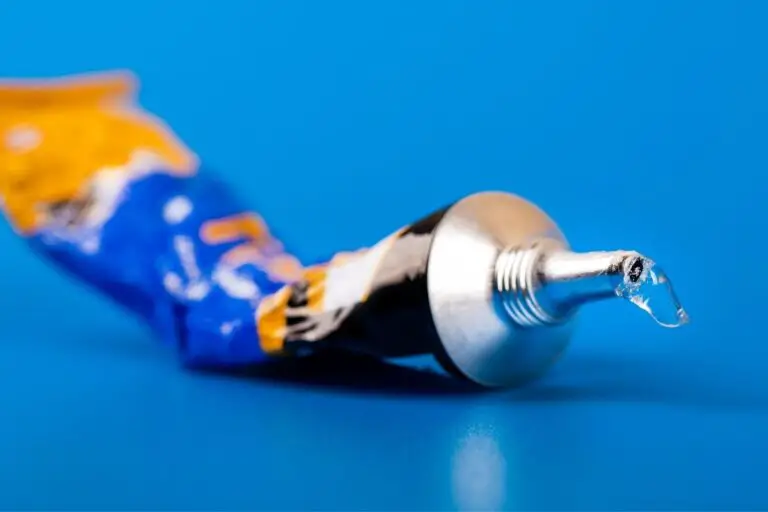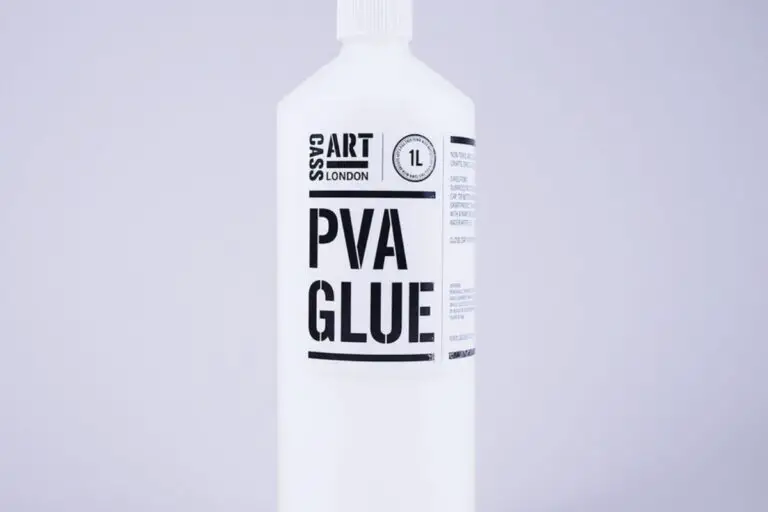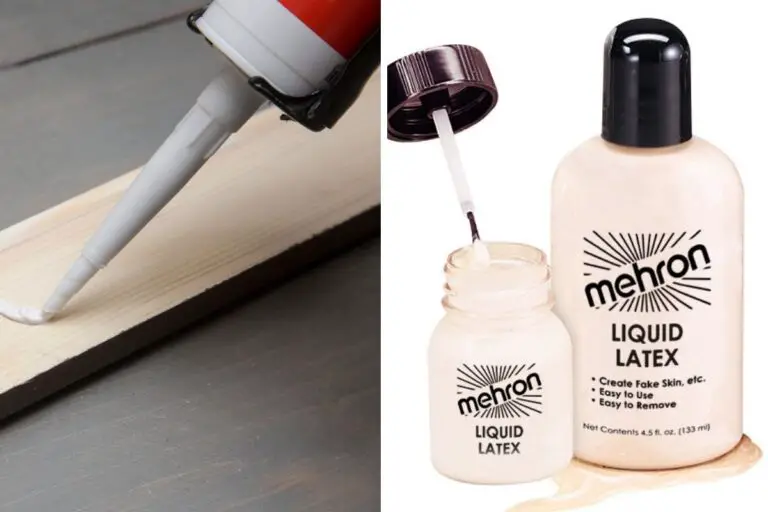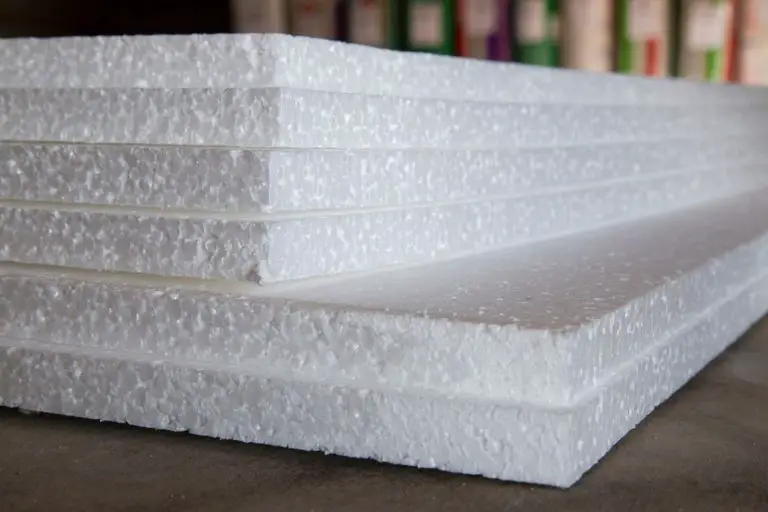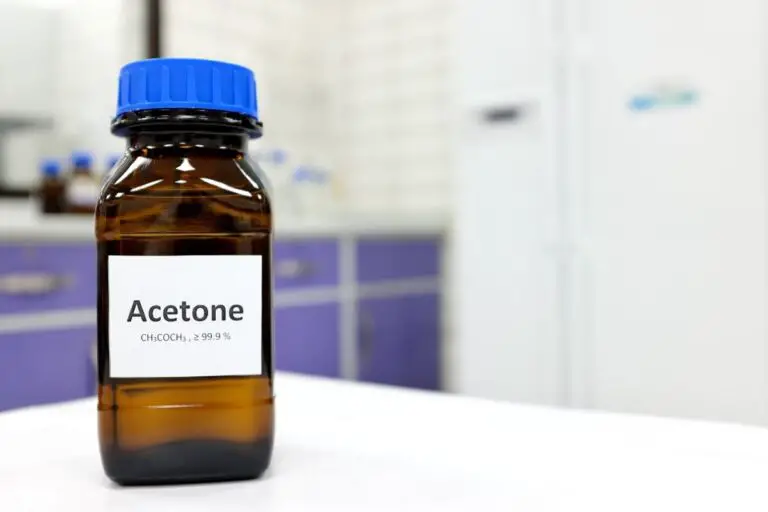How Much Does Glue Weigh? Things You Must Know
When working on delicate projects that require the use of glue, it’s a good idea to know how much weight a layer of glue might add to the material. A standard full bottle of glue will seem somewhat heavy when held in hand which can make it difficult to determine the actual weight of the glue inside.
So, how much does glue weigh? A gallon of synthetic glue weighs 9.14 pounds which contains about 128 ounces of glue. You can measure how much a specific amount of glue weighs by determining the weight of a surface before and after applying glue then leave it to dry before calculating the difference in weight.
Keep reading to learn more about how synthetic glues are made and how to calculate how much a certain amount of glue will weigh when applies to a surface.
Contents
How Are Synthetic Glues Manufactured?

Glue is an adhesive that is applied in liquid or paste form then it hardens when it dries to hold materials together. In the past, glue was mainly made from animal-based ingredients such as collagen, but nowadays most kinds of glues on the market are made from synthetic materials.
Synthetic glue is made from a combination of polyvinyl acetate (PVA), water, ethanol, acetone, and other chemical substances. The water is responsible for modifying the glue’s consistency while the rest of the components are responsible for controlling the rate at which the glue dries out.
Here’s a simple breakdown of how the process of manufacturing synthetic glues goes:
- The main chemical compounds in synthetic glue are made through a series of chemical reactions.
- The base ingredient behind synthetic glue, which is vinyl acetate, is created through a chemical reaction between acetylene and acetic acid.
- After adding a catalyst to the reaction, the molecular weight will increase which will create a polymer called polyvinyl acetate
- The polyvinyl acetate polymer can be mixed into an emulsion to create a glue with the right consistency.
- Finally, various components are added to prevent the glue from drying immediately.
How Much Does a Gallon of Synthetic Glue Weigh?
A gallon of synthetic glue weighs 9.14 pounds which contains about 128 ounces of glue. A standard bottle of glue on the market usually holds up to 4 ounces of liquid, which means that a gallon of glue can fill up about 32 standard bottles of glue.
What’s the Difference Between Yellow Glue and White Glue?
White glue is a kind of synthetic glue that’s made from polyvinyl acetate or PVA. Yellow glue, on the other hand, is made from aliphatic resin and it’s often called “wood glue” or “carpenter’s glue”.
How to Determine How Much Glue Weighs?
It’s a good idea to determine how much a certain amount of glue weighs before and after drying, especially when working with delicate projects. You can also determine how much of the glue’s weight is just water and what its weight would be when that water evaporates.
There’s a simple test you can do that will help you determine the weight of the glue as well as the percentage of water in the glue.
All you need is two small plastic cups and an accurate digital scale. You can do the tests using yellow glue and white glue to determine the difference between them.
Here are the steps you need to follow:
- Determine the base weight of the cup using the scale (for the sake of this example we’ll assume is 2.8 grams)
- Pour exactly 10 grams of yellow glue into the cup then calculate their combined weight before it dries up. It should be 12.8 grams.
- While yellow glue typically dries quickly, a large amount in a cup might take longer to dry. So, you need to leave the glue in the cup for some time until it’s completely dry. Make sure to cover the cup with a cloth to prevent it from collecting any dust.
- Weight the cup again after the glue is completely dry to determine the difference. The combined weight of the cup and the dried glue should be 8 grams. By subtracting the 2.8 of the cup’s weight, the remaining weight of the dried glue is 5.2 grams.
This means that the weight of the yellow glue went from 10 grams to 5.2 grams after it dried and the percentage of the water in the glue that evaporated is around 48%.
Now, you can repeat the same steps using white glue instead of yellow glue. Make sure you’re using the same plastic cup, the same digital scale, and the same amount of glue to get accurate results.
- Pour 10 grams of white glue into the plastic cup then determine the combined weight before it dries up. It should be 12.8 grams
- Once the white glue is completely dry, weigh the cup again to determine the difference. The combined weight of the cup and the dried glue should be 7 grams. By subtracting the 2.8 of the cup’s weight, the remaining weight of the dried glue is 4.2 grams.
This means that the weight of the white glue went from 10 grams to 4.2 grams after it dried and the percentage of the water in the glue that evaporated is 58%
Conclusion
The difference in weight between both kinds of glues before and after drying is significant. The amount of weight either kind of glue will add to the surface they’re applied to is quite small as you can use a small amount of the glue, and once it dries, it will weigh about half as much as it was when you applied it.
Related Questions
Is Yellow Glue Better Than White Glue?
Yellow glue forms a slightly stronger bond than white glue. It is also slightly more water resistant. That’s because yellow glue is made from aliphatic resin while white glue is made from polyvinyl acetate. However, white glue usually dries up faster than yellow glow.
What’s The Average Shelf Life of Glue?
The average shelf life of glue sealed in a bottle or a tube is between 8 and 12 months. You can also check the expiration date written on the container. The shelf life of glue mainly depends on the container it’s sealed in and how you store it. Make sure you’re storing your glue in a dry area away from high temperatures. If your glue is past its expiration date, it will not provide the desired bonding properties and you need to discard it properly.
Helpful Resources
If you like this article, share it!

